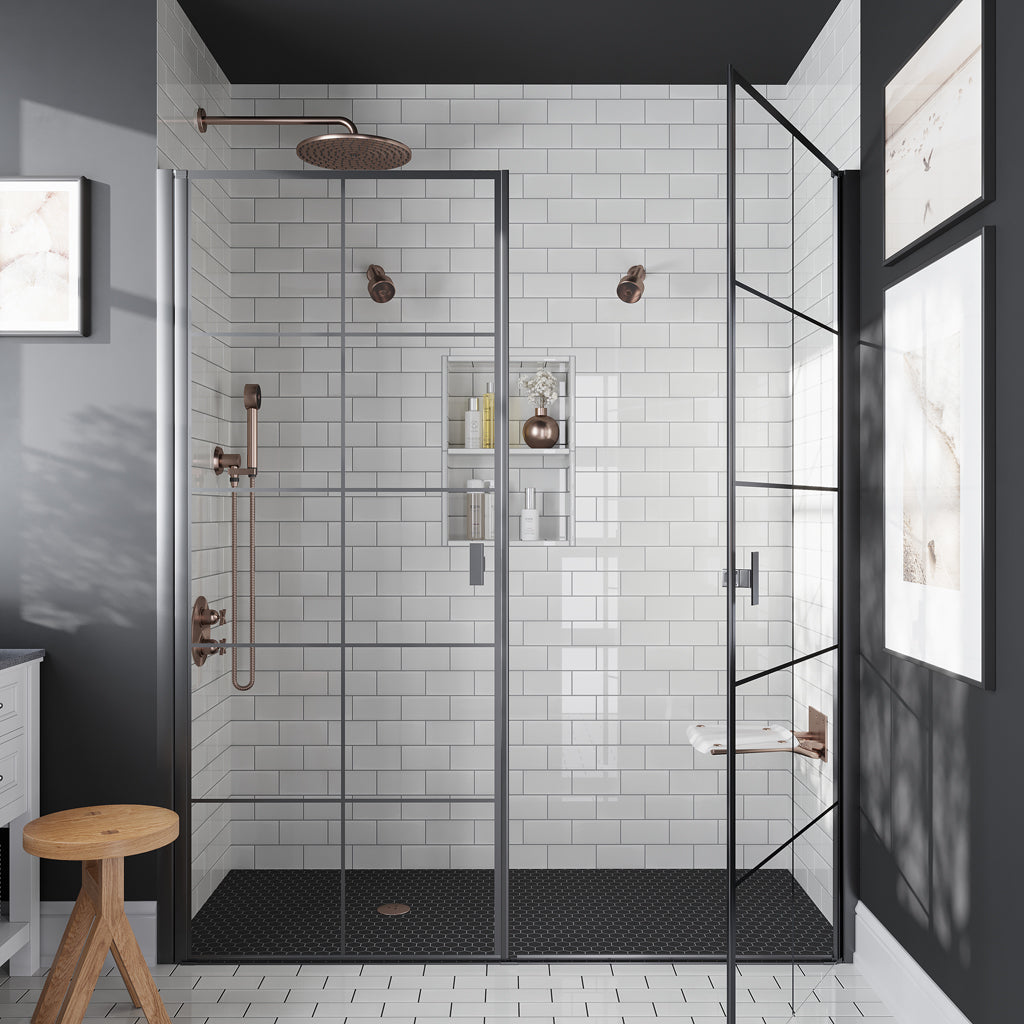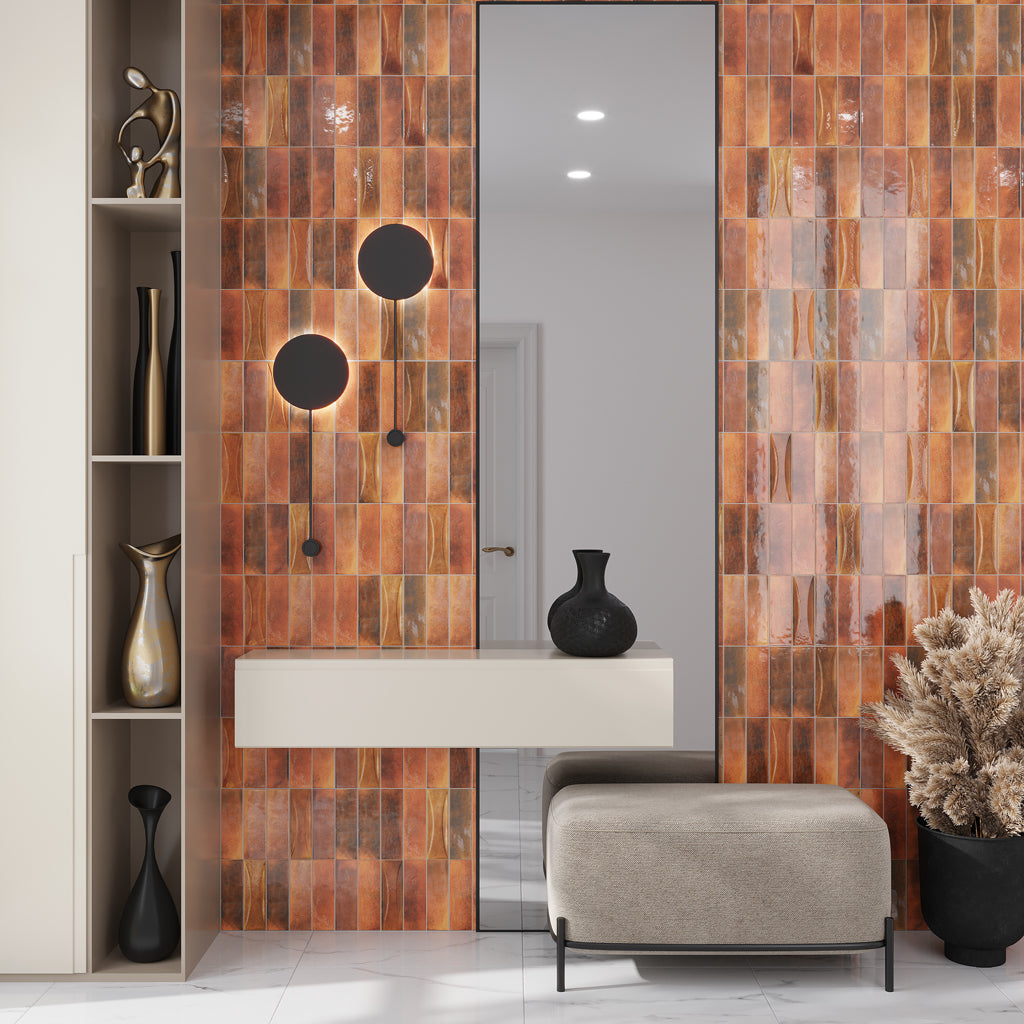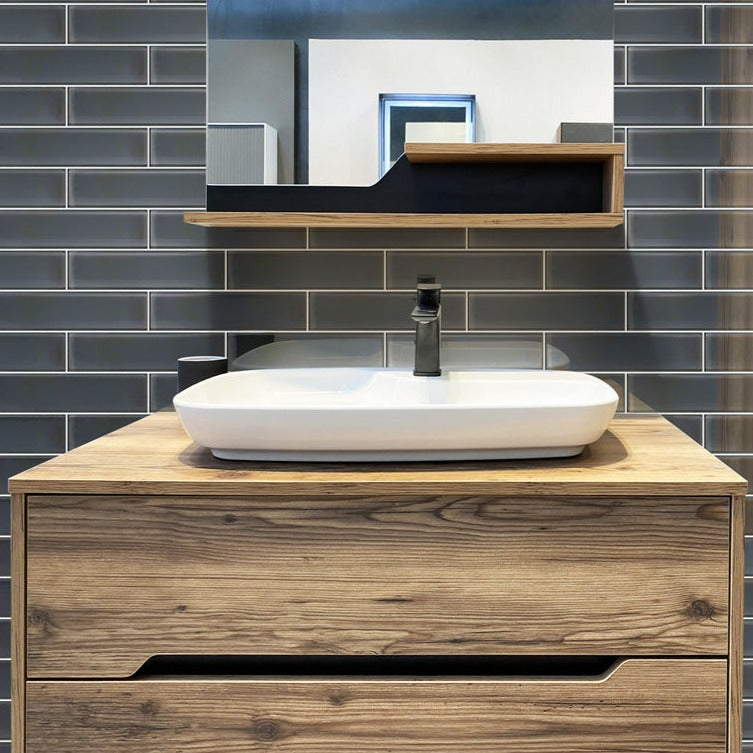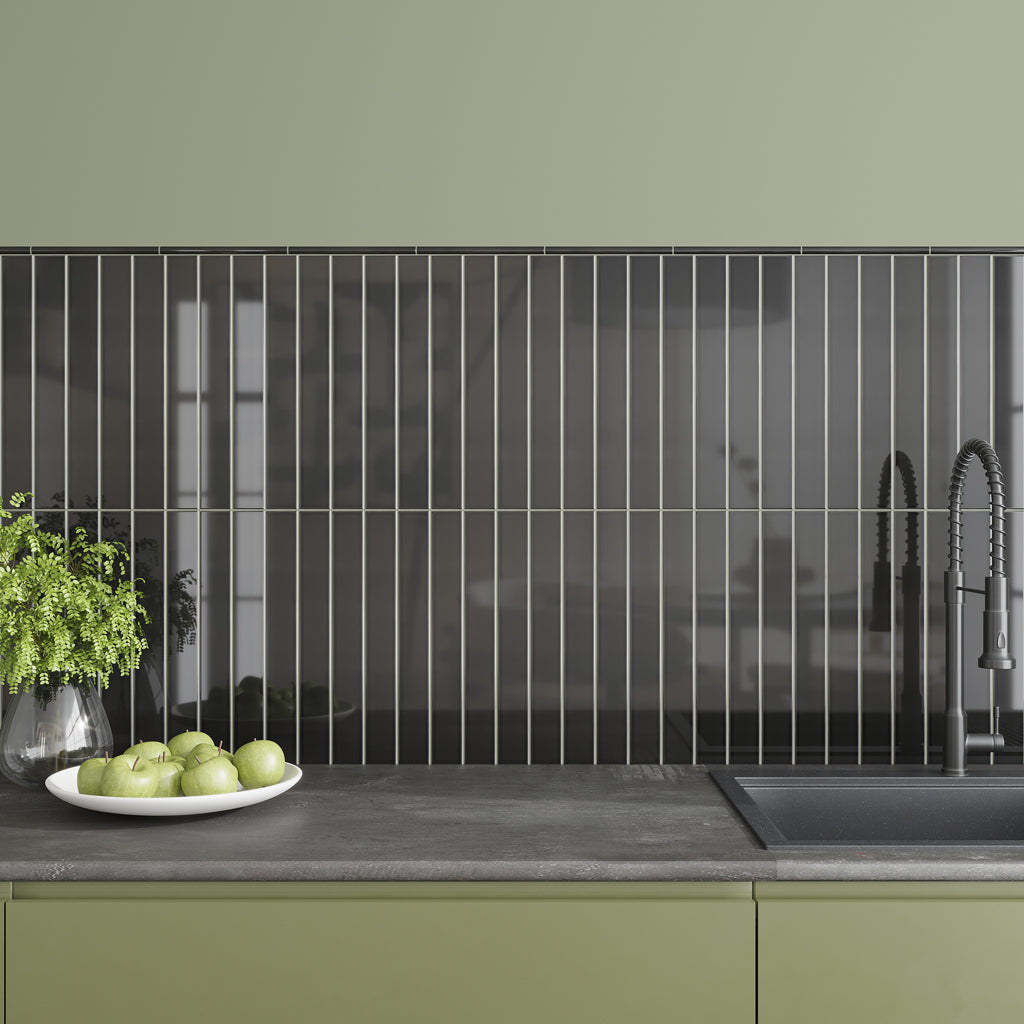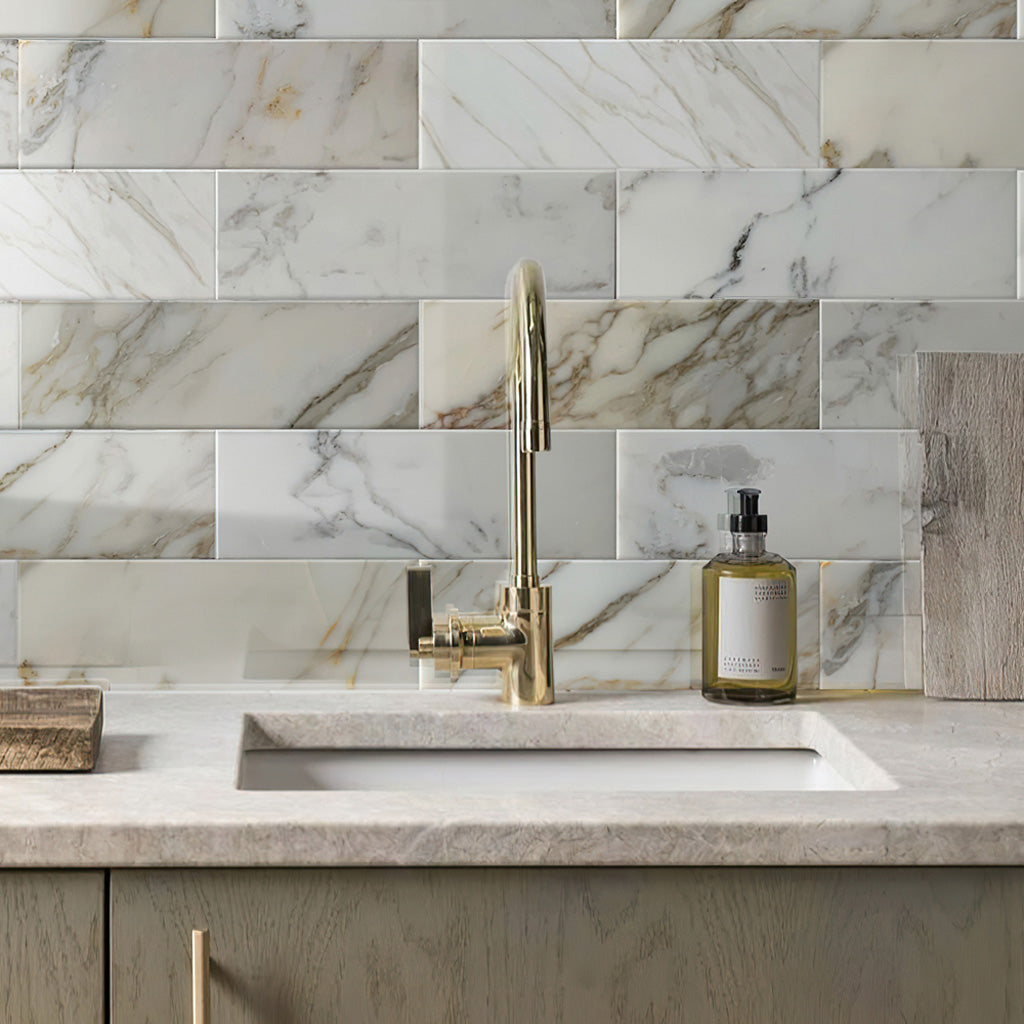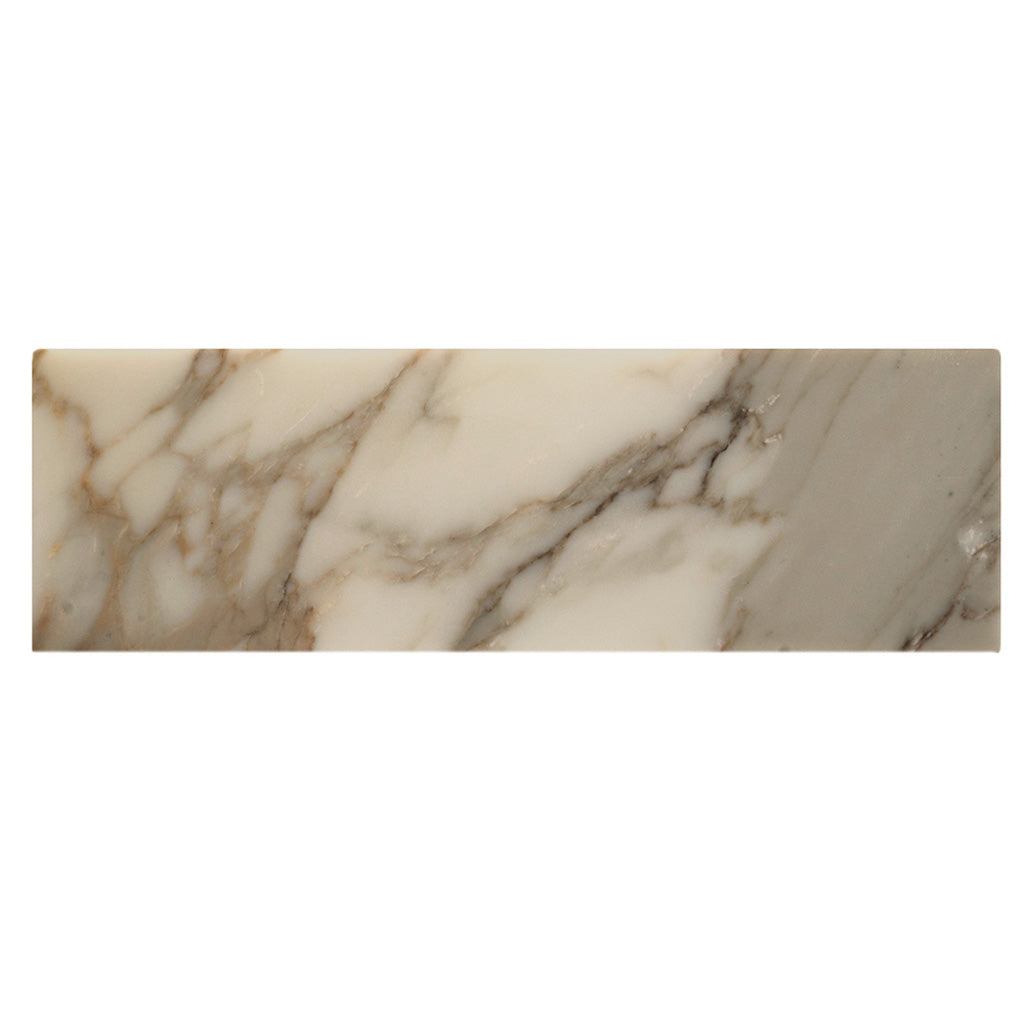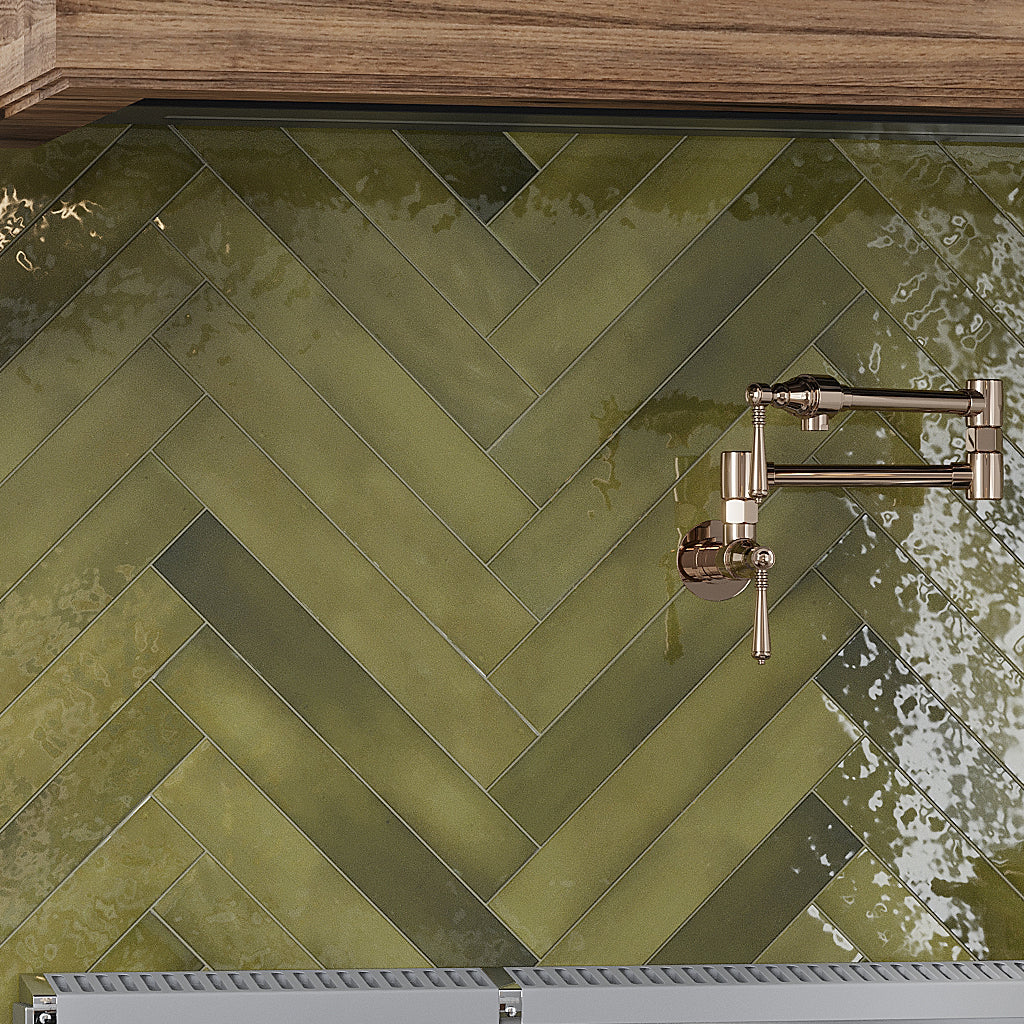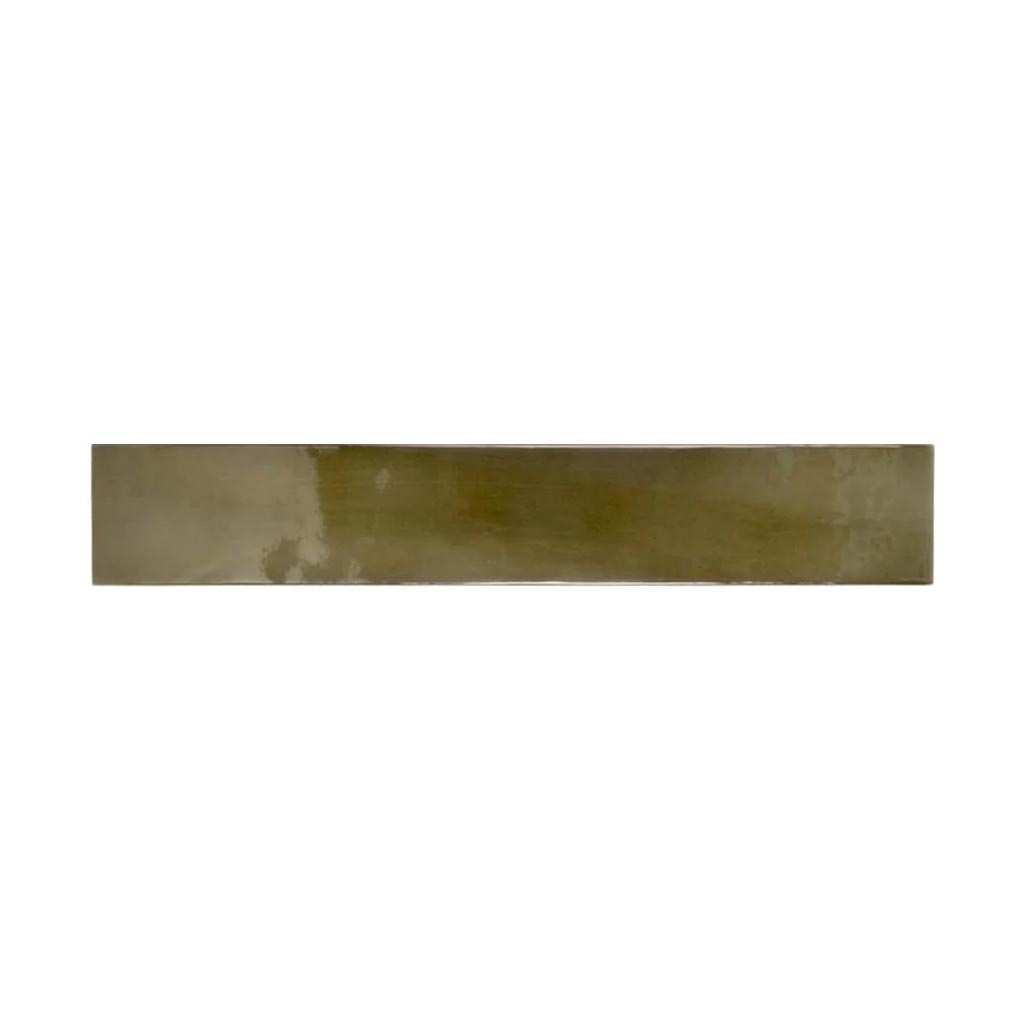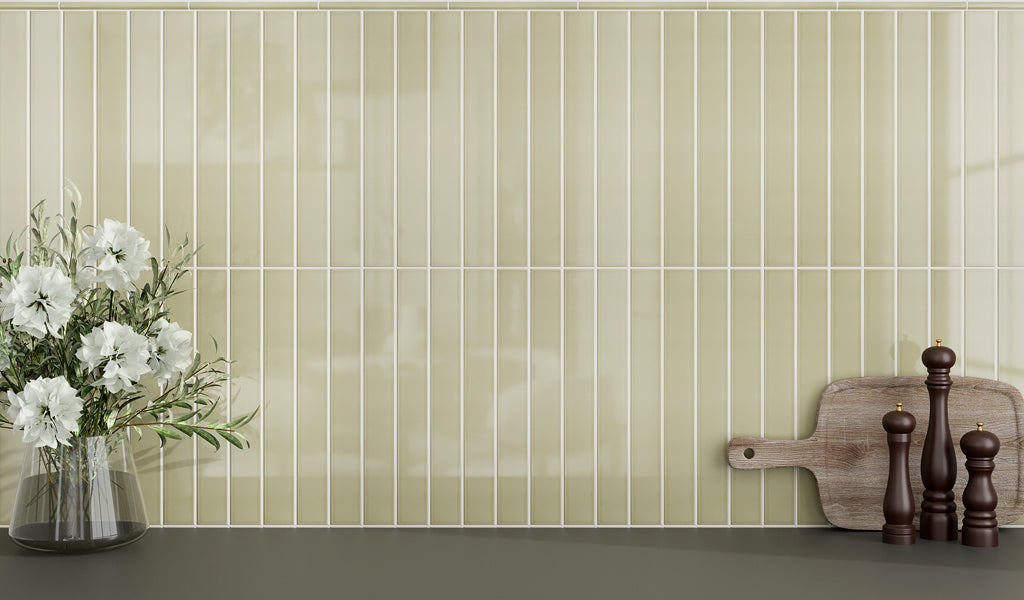Subway Tile Size Guide: How to Choose the Right One for Your Space
Aug 22, 2025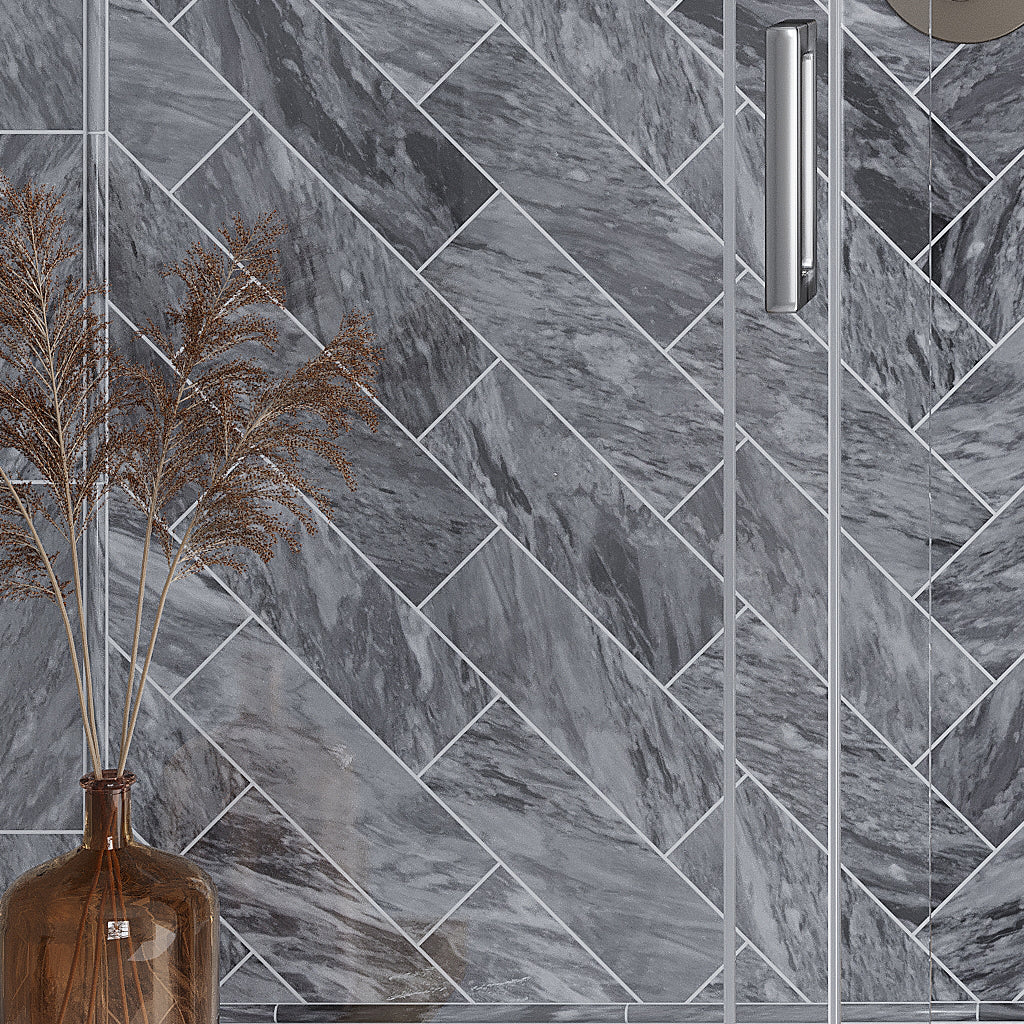
If a tile installation is on the horizon, size will be among the first features you may consider. And that’s where we come in, to help you explore your options with this guide to subway tile sizes!
Subway tile is a sought-after choice in the world of interiors, celebrated for its simplicity and versatile design. Originating in the early 1900s New York City subway station, these rectangular adornments quickly became a symbol of clean, classic style. Today, subway ceramic, glass, and marble tiles are no longer confined to public spaces, they offer a surprising range of possibilities in kitchens, powder rooms, bathrooms, and outdoor areas.
While the term “subway tile” may bring to mind the standard 3x6 white ceramic rectangle, the reality is: subway wall tiles are available in a range of sizes in response to evolving style trends. Let’s dive in and explore the popular sizes of subway tile, how they differ, the effects they create, and how to pick the right one for your space.
Key Takeaways
- Different subway tile sizes influence the perception of space and can shape the look and feel of the room.
- Smaller formats work well in compact areas for added detail, and larger formats go well with bigger rooms for reduced visual clutter.
- Longer and slimmer subway tile shines in stacked vertical and horizontal layouts, while smaller subway tile is great with brick or herringbone designs.
- Ultimately, the right size of subway tile depends on the preferred style, the layout and scale of the area, and the surrounding design elements.
Common Subway Tile Sizes Explained
To ensure the perfect fit for your space, let’s take a look at the different sizes you’ll come across as you peruse our online tile shop:
1. 3x6 Tile: Classic and Versatile
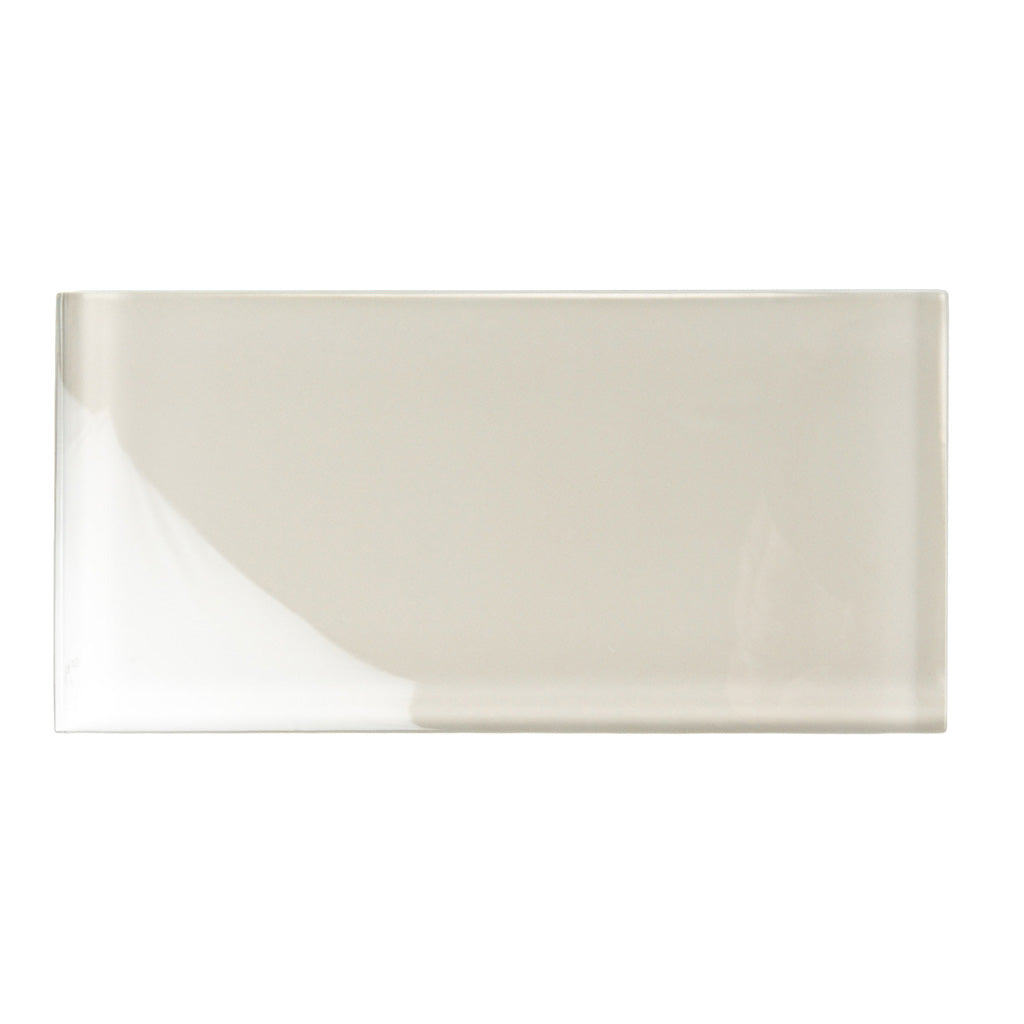
Subway Glass Tile
The standard subway tile size of 3x6 inches is the most iconic. This was the original dimension used in New York’s subways, and it has since become a benchmark in design. It strikes a perfect balance in scale, making it adaptable to a range of spaces and décor themes. The 3x6 subway tile brings a familiar rhythm synonymous with staggered brick pattern and the always-in-vogue herringbone layout.
2. 2x8 Tile: Charming and Detailed
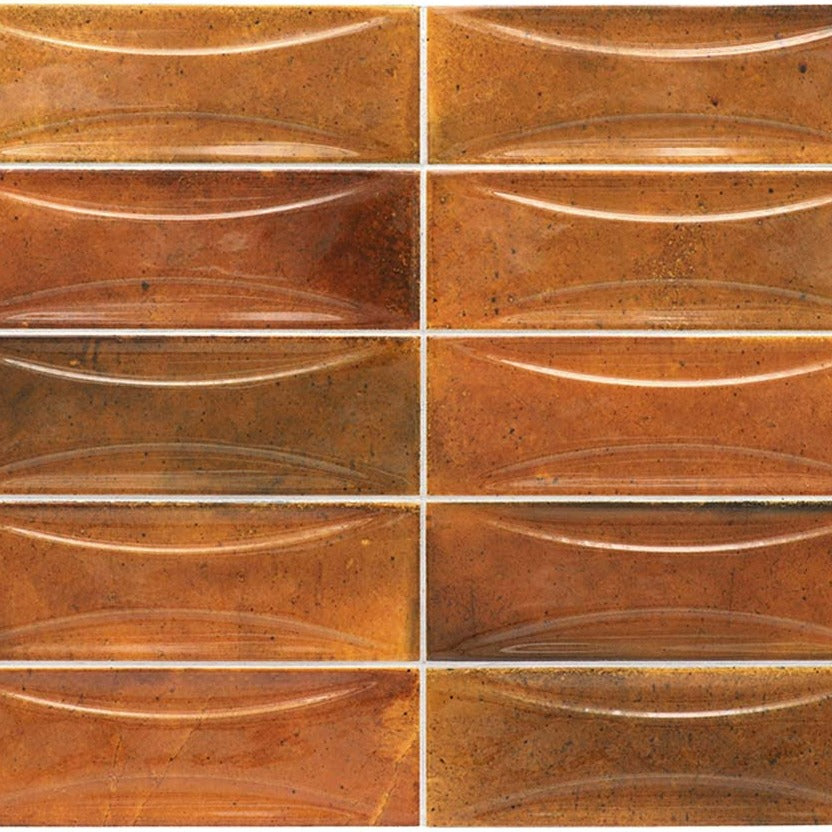
Subway Deco Tile
2x8-inch subway tile size is a slightly elongated alternative to the standard, adding a bit of modern edge while keeping things refined. With its longer and slim profile, the 2 x 8 tile creates a visually interesting pattern without overwhelming the eye. You’ll especially love it in compact areas like powder room walls, backsplashes, or shower surrounds, where the added length can stretch the surface on which it is placed.
3. 3x12 Tile: Streamlined and Refined
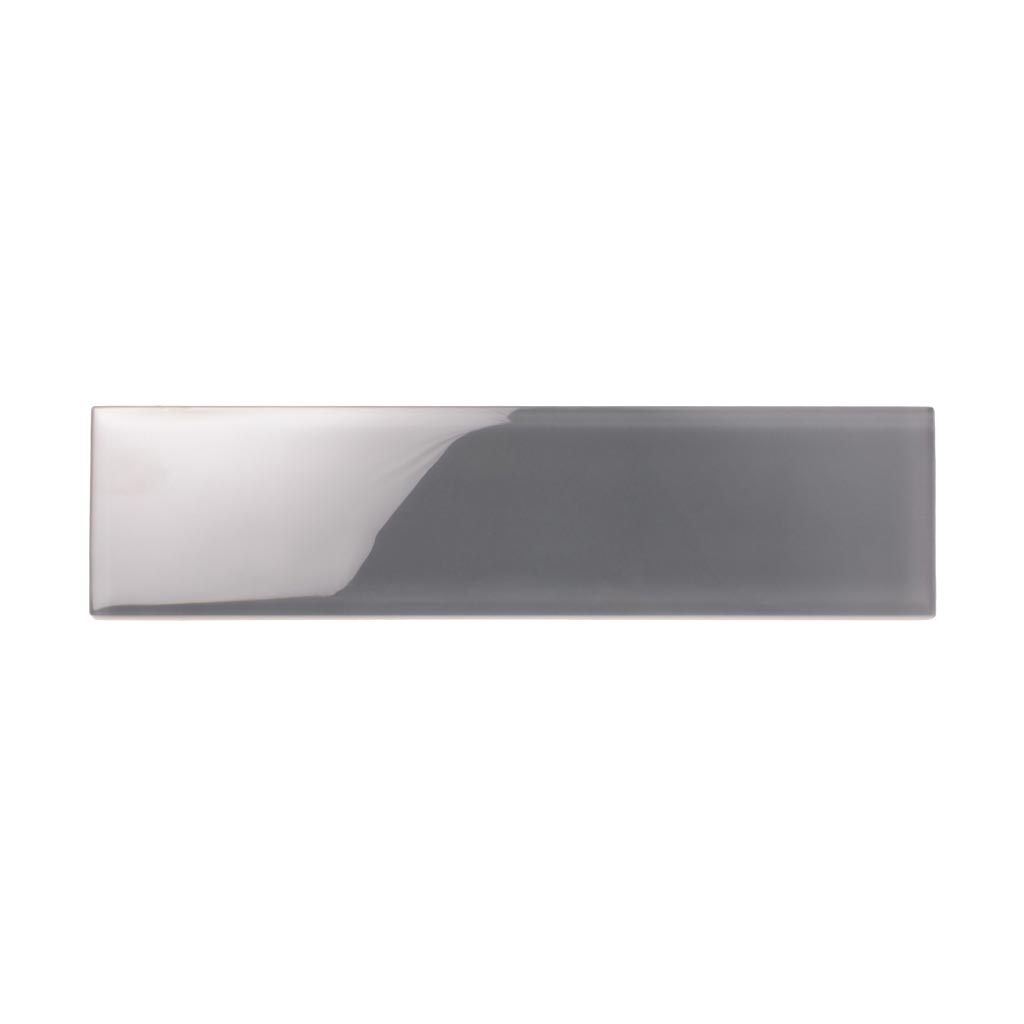
Subway Glass Tile
For those looking for a stylish step away from the classic, the 3x12 subway tile size is a strong contender. For one thing, its elongated profile gives walls a more contemporary feel without losing the familiar shape. And when it comes to layouts, the possibilities are endless. The extended length can be set in clean vertical or horizontal rows, which can emphasize ceiling height or widen narrow walls. 3x12 glass subway tile sizes make quite a statement on full-height backsplashes and accent walls.
4. 2x16 Tile: Bold and Contemporary

Ceramic Subway Tile
With double the length of the classic 3x6, this subway tile size imparts an ultra-modern finish. Its slender width and extended length work beautifully in stacked or herringbone layouts, adding just the right architectural detail to the room. Case in point: our Jet Black 2x16 Glossy Ceramic Subway Tile. Because of the elongated profile, careful installation is crucial to avoid bowing or lippage.
5. 4x16 Tile: Modern and Luxurious
4x16-inch subway tile has a long format that transforms bland walls into focal points and provides plenty of coverage. Picture a spa-like bathroom where floor-to-ceiling 4x16 tile adds a sophisticated backdrop to a freestanding bathtub or a kitchen backsplash that contributes to the room’s sense of grandeur. The generous length means fewer grout lines, which results in an undeniably sleek look that feels fresh and uncluttered. 4x16 subway tile sizes work well with herringbone or running bond patterns, but truly shine in a straight stack vertical layout, adding height and impactful design to the scheme of things.

-
Start with the Style of the Room: Going for a minimalist look? Elongated ceramic subway tiles are definitely up your alley. Want something classic and charming? Think 3x6 tiles for added visual weight and that “Pinterest-perfect” vintage vibe. Before you can decide what size subway tile for kitchen backsplash, fireplace surround, or bathroom wall, take a moment to think about the kind of feel you want.
-
Match Tile Size to the Room Size: The size of the space and area where the tile will go is your best guide. Ideally, you want to maintain a harmonious proportion between the tile and the scale of the room. Smaller subway formats inject detailing but can be overwhelming when used over an expansive surface. In contrast, elongated formats help keep things looking clean and open. It’s all about finding that sweet spot!
-
Consider the Surrounding Elements: Look around, notice the room’s furniture, fittings, and fixtures, all of which play a role when selecting the right size of subway tile. Do you want your tilework to blend in or stand out? Smaller sizes can serve as a stylish sidekick, while longer and wider formats like our Coin Gray 4x16 Glossy Subway Glass Tile can take center stage.
-
Don’t Overlook Grout Lines: Lastly, take the frequency of tile joints into account. More grout lines, which is the case with the 3x6 standard subway tile size, add textural dimension. Fewer grout lines are not heavy on the eye, but rather, keep things refined.
Design Effects of Different Subway Tile Sizes
So, what are the design effects of the various subway formats? By understanding the impact of scale and proportion, you can confidently create harmony between the tile, the space, and your personal style.
Since more tiles are used per square foot, smaller sizes like 2x8 and 3x6 inches tend to create a more detailed appearance. The extra grout lines introduce a sense of movement and tactile quality to walls and backsplashes, perfect if you fancy a traditional, vintage, or cottage-style look. Standard subway tile size also does a great job of emphasizing patterns like brick, herringbone, or vertical stack, giving surfaces a rich, layered feel rather than flat or sterile.
Bigger or elongated subway tiles, such as 3x12, 2x16, or 4x16, are equally impactful in rooms big and small. These sizes cover more surface, which means fewer joints and an uninterrupted flow. A natural fit for contemporary kitchens, minimalist bathrooms, or spaces where you want the tile to feel more understated rather than chaotic. Plus, the clean lines of longer tiles have a stretching effect, which can visually widen or heighten a room.
Pro Tip:
- Want height? Choose elongated vertical tile to draw the eye upward and make walls taller.
- Want width? Lay elongated subway tiles horizontally to give an impression of broader walls.
Tile Size and Grout Line Considerations
Achieving the perfect installation goes beyond tile size. Grout, too, plays a crucial supporting role beyond securing the installation in place. The relationship between tile dimension and grout lines dictates the final look and how it holds up over time.
Let’s break down how subway tile sizes and grout lines work hand in hand, and what you need to consider to select the best spacing to complement your design vision.
1. Grout Line Frequency
Smaller subway tile sizes, such as 2x8 or 3x6, require more individual pieces per square foot, which means more grout lines. The increased frequency of grout lines creates a textured, rhythmic detail and can define the tile pattern more clearly, especially if your aesthetic leans toward an offset or herringbone layout.
Large or elongated subway formats, such as 3x12 or 4x16, cover more surface area per piece, which naturally results in fewer grout lines. The finished look is cleaner, more modern, and reduces visual "busy-ness" across a wall.
2. Grout Line Thickness
Next, do you choose narrow or wider spacing? Common grout line widths for different subway tile sizes are 1/16 inch and 1/8 inch, with each having its pros and cons.
Narrow 1/16-inch grout lines work well with small to medium subway tile size. They blend into the background to create a sleek, minimalist look where the tile’s craftsmanship becomes the main focus and the area appears more expansive. In addition, less exposed grout means fewer areas for dirt and stains to collect, making upkeep easier. It’s important, though, to note that thinner grout lines require expert precision as errors in placement are more noticeable and may disrupt the intended design.
Wider 1/8-inch grout lines work beautifully with various size of subway tile. With more spacing, the tile becomes the star of the show, where the contours are highlighted, and a slight variation in tile size is kept minimal. While dirt and stains are noticeable, they are just as easy to clean, which is crucial in frequently used areas like the kitchen and bathroom.
3. Grout Line Color
Once you've considered the spacing, grout color becomes a powerful design tool to highlight the tile size and layout, and maintain visual flow within a space.
Matching grout (same or a close match to the tile) makes the joints fall to the background, and in turn, minimizes visual noise. Best used with different sizes of subway tile to achieve a contemporary look. For instance, darker tiles, such as our Black 2.5x8 Glossy Ceramic Subway Deco Tile, can be paired with black or charcoal gray grout for a uniform finish.
When planning for a more dynamic aesthetic, contrasting grout (darker or lighter than the tile) is your best bet. It will define the shape and layout of each tile, adding just the right visual allure to keep things interesting. This approach is great for smaller and bigger subway tile sizes and both traditional and contemporary styles. For instance, juxtaposing white grout with our Forest Green 2x16 Glossy Ceramic Subway Tile makes the tile layout stand out.
Tips for Measuring and Planning Layout
Before you dive into incorporating tilework into your space, a little prep work goes a long way! How, you ask? Keep the following tips top of mind to set yourself up for a smooth, stress-free process:
- Measure the length and width accurately to figure out how many tiles you’ll need and what size subway tile for kitchen backsplash, shower wall, or fireplace surround. As always, we advise getting 10–15% more product for those “oops” moments and tricky cuts.
- Dry-lay a few pieces to test the layout and see how the grout spacing will work with the size of the subway tile. Take it as a dress rehearsal for the surface where the tile will go!
- Keep a level in hand and use it to mark a line on the surface so tiles are straight and cuts end up in less noticeable spots like corners or along the edges. For insights on getting tiling right the first time around, check out our blog: How to Measure and Plan Your Kitchen Backsplash. The tips shared apply to other surface areas of the home!
Conclusion
The right subway tile sizes create the right balance, flow, and feel in any space. Whether you’re drawn to the time-honored 3x6, the modernity of 3x12, or the boldness of 4x16, there’s a subway tile out there to fit your vision perfectly. When planning your tilework, consider the scale of the room, the orientation of the tile, and the kind of mood you want to bring to your space.
To explore the different sizes before making a big splash, shop Apollo Tile’s tile samples online. By seeing and feeling the tiles firsthand, you can make a confident choice that ensures the ideal fit for your home.
Frequently Asked Questions:
1. What is the thickness of a 3x6 subway tile?
The thickness of our standard 3x6 glass subway tile is typically 8mm. Apollo Tile also offers slightly thicker options, such as 10mm marble subway tiles.
2. What is the best space size for subway tiles?
A grout line of 1/16 or 1/8 inch is ideal for standard subway tile size as well as elongated formats. 1/8 inch delivers a classic look and more pronounced grout lines. On the other hand, 1/16 inch offers tighter and seamless grout lines.
3. Can subway tile be installed without spacers?
It’s possible, but not recommended. Using spacers allows for consistent joints between the tiles and results in a professional-looking installation.
4. Are subway wall tiles only rectangular in shape?
The rectangular subway shape boasting a harmonious 1:2 height-to-length ratio remains an iconic format, but variations now exist to cater to modern preferences, including square or even beveled shapes.
5. Is white or grey grout better for subway tile installation?
Both grout colors match the timeless essence of subway tile. White grout offers a pristine look. Gray grout ranges from lighter to darker, injecting sophistication and concealing stains better. These, however, are not the only shades to use. Grout color can range from soft beige to darker brown and more vibrant hues that create a dynamic finish.
6. What size notch trowel should you use for subway tiles?
A 1/4x1/4-inch square notch trowel should work well with different sizes of subway tile. This design provides adequate adhesive coverage with minimal effort and without excess buildup.

